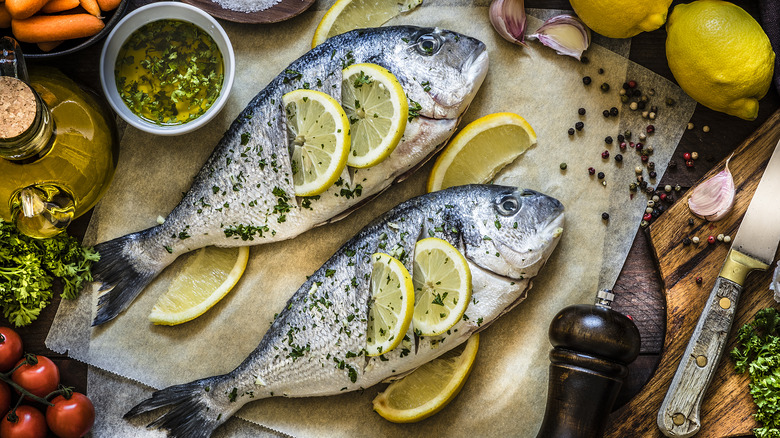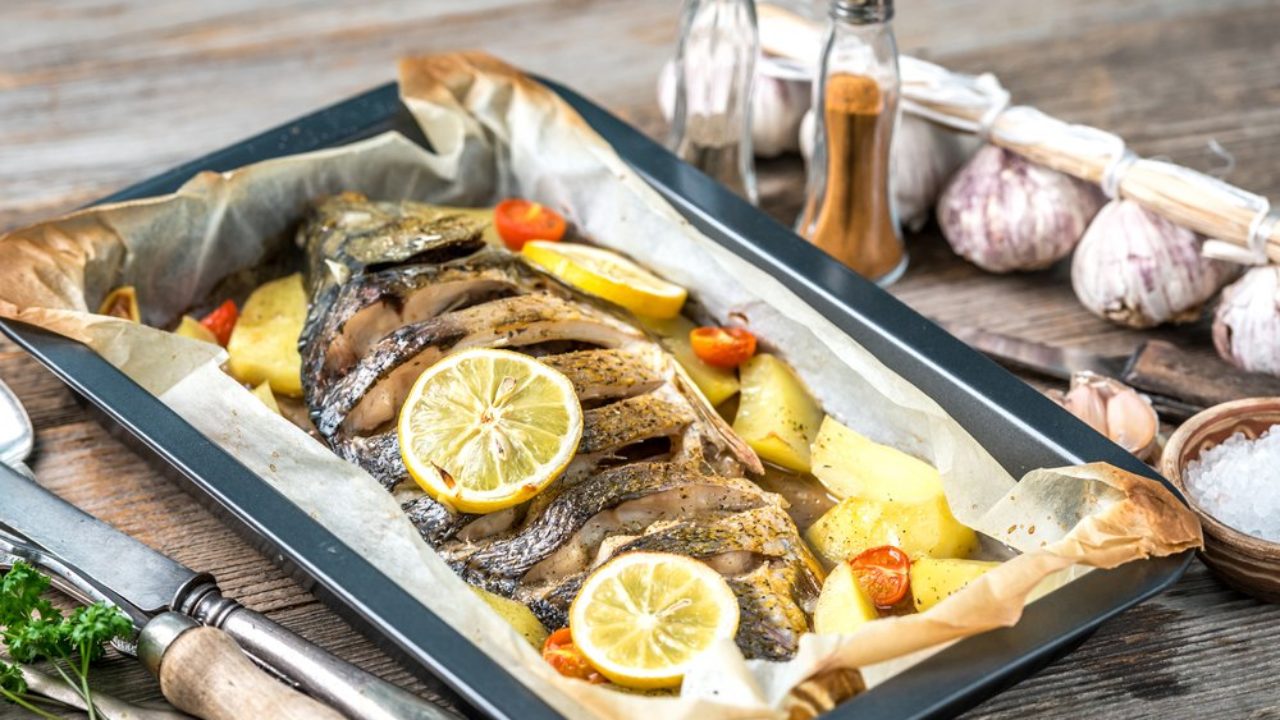How to Cook Fish in Cast Iron Without Sticking: A Complete Guide
Written By James Morgan
Introduction
Cooking fish can be quite challenging, especially when you want to achieve that perfect, crispy skin without it sticking to the pan. Cast iron skillets are renowned for their ability to distribute heat evenly, but they can be tricky to master. In this comprehensive guide, we will teach you how to cook fish in cast iron without sticking, ensuring you get restaurant-quality results every time.
Why Choose Cast Iron for Cooking Fish?
Many home cooks shy away from using cast iron because it can be intimidating. However, the benefits far outweigh the learning curve. Cast iron pans are unparalleled when it comes to heat retention and even cooking. They allow for a beautiful sear and develop a natural non-stick layer over time with proper seasoning. Not to mention, cast iron cookware is versatile and durable, making it a worthwhile investment for any kitchen.

Preparation Is Key
Choosing the Right Fish
Before we dive into the cooking technique, its crucial to select the right type of fish. Delicate white fish like tilapia or cod can fall apart easily, so it's best to start with firmer varieties. Salmon, halibut, and trout are excellent choices for beginners. These fish hold their shape better and are more forgiving during the cooking process.
Ingredients You'll Need
Let's start with a simple but delicious recipe that will teach you the basics of preparing fish in a cast iron skillet.
- 2 fillets of firm fish (such as salmon, halibut, or trout)
- 2 tablespoons of vegetable oil (or any high smoke point oil)
- Salt and pepper to taste
- Lemon wedges (optional, for serving)
- Fresh herbs like dill or parsley (optional, for garnish)
Necessary Cookware
To ensure success in cooking fish in cast iron, having the right tools is essential. Here's a list of the basic cookware you'll need:
Ensuring your tools are in top condition is key to avoiding any mishaps. Make sure your knife is sharpened and your skillet is well-seasoned.

The Cooking Process
Step 1: Preheat the Skillet
A critical step in cooking fish in cast iron without sticking is to preheat the skillet. Place your cast iron pan over medium-high heat and allow it to heat up for about 5 minutes. This ensures that the pan is hot enough to create a sear on the fish, which helps prevent sticking.
Step 2: Season the Fish
While your skillet is heating, season the fish fillets with salt and pepper on both sides. If you want to get creative, add some paprika or garlic powder for extra flavor. Pat the fish with a paper towel to remove any excess moisture, as a dry surface will sear better and reduce the risk of sticking.
Step 3: Add Oil
Once the pan is hot, add the vegetable oil. Make sure to use an oil with a high smoke point like vegetable, canola, or grapeseed oil. This will ensure that the oil doesn't burn during the cooking process. Swirl the oil around the pan to coat the bottom evenly.
Step 4: Place the Fish in the Skillet
Carefully place the fish fillets in the skillet, skin side down if your fish has skin. To avoid overcrowding, cook the fish in batches if necessary. Press lightly on the fish with a spatula to ensure even contact with the skillet's surface. This initial sear will help form a crust, making it easier to flip the fish later.
Step 5: Cook the Fish
Cook the fish undisturbed for 3-4 minutes. Youll know its time to flip when the edges of the fish start to become opaque and release naturally from the skillet. If the fish resists when you try to flip it, give it another minute or two. Once flipped, cook the other side for an additional 2-3 minutes, depending on the thickness of the fillets.
Step 6: Serve
Once the fish is cooked through and has developed a beautiful golden crust, it's time to serve. Transfer the fish to a plate and garnish with fresh herbs and lemon wedges. The citrus will add a wonderful brightness that complements the rich flavor of the fish. Pair your perfectly cooked fish with a side of steamed vegetables or a fresh salad for a complete meal.
Cleaning and Maintenance
Proper care and maintenance of your cast iron skillet are crucial for consistently great results. After cooking, allow the skillet to cool down before cleaning to prevent warping. Use a Cast Iron Cleaner to remove any stuck-on bits without damaging the seasoning. Avoid using soap or harsh chemicals as they can strip the pans non-stick layer. Instead, use hot water and a scrub brush to clean the skillet.
Pro Tips for Success
1. Season Your Skillet Regularly: Regularly seasoning your cast iron skillet helps build a strong non-stick layer. After cleaning, apply a thin coat of vegetable oil and heat the skillet in the oven for about an hour. This process will maintain the pan's seasoning and improve its cooking performance.
2. Control the Temperature: Cooking at the right temperature is vital. If your skillet is too hot, the fish can burn and stick. If it's not hot enough, you'll miss out on the beautiful sear. Medium-high heat is generally the sweet spot for cooking fish in cast iron.
3. Experiment with Different Fish: Don't be afraid to try different types of fish. Each variety cooks slightly differently, and experimenting will help you become more comfortable with the process. Some people love the flavor of mackerel, while others prefer the delicate taste of bass.
4. Use Fresh Ingredients: Fresh fish always yields better results. Visit your local fish market or seafood counter for the best selection. Fresh herbs and spices can also make a big difference in the final dish.
Conclusion
Learning how to cook fish in cast iron without sticking is a valuable skill that will take your culinary abilities to the next level. By following this guide, youll be able to achieve perfectly seared, delicious fish every time. With a bit of practice, you'll gain the confidence to experiment with different flavors and techniques. Happy cooking!
Further Reading
If you found this guide helpful, you might enjoy these additional articles:
- How to Cook Rice in a Slow Cooker
- How to Cook a Breakfast Casserole
- How to Cook White Rice in a Rice Cooker
- How to Cook Quinoa Seeds in a Rice Cooker
- How to Cook Salmon on Griddle
Cleaning Your Cookware
Keeping your cookware clean is essential for maintaining its performance. Here are some recommended products:
As an Amazon Associate, I earn from qualifying purchases.



